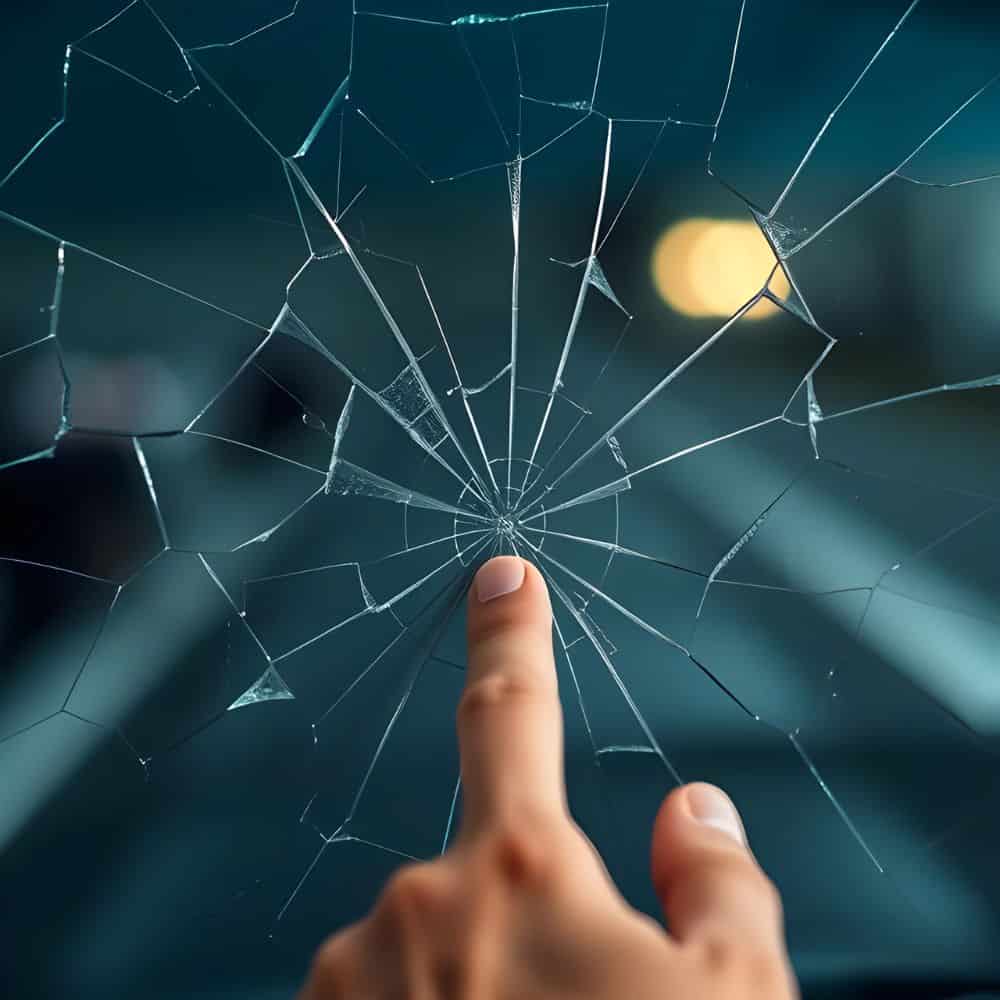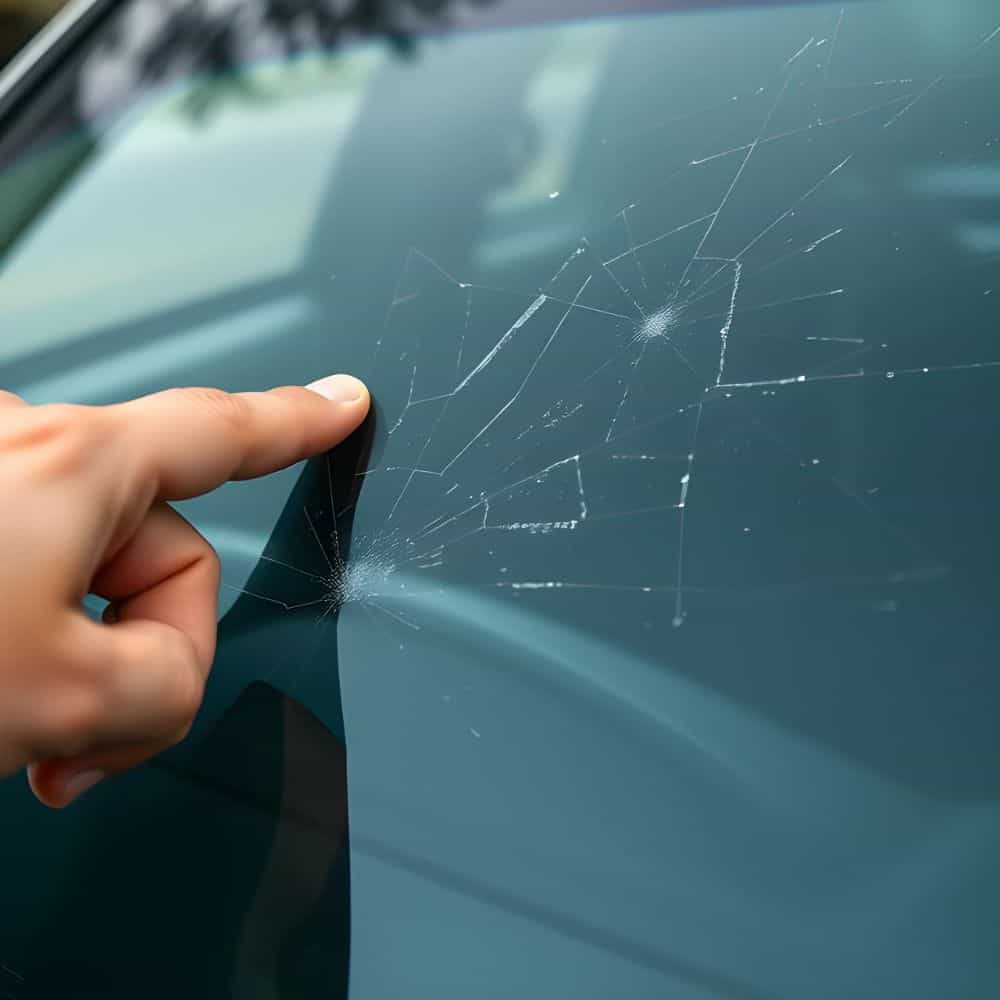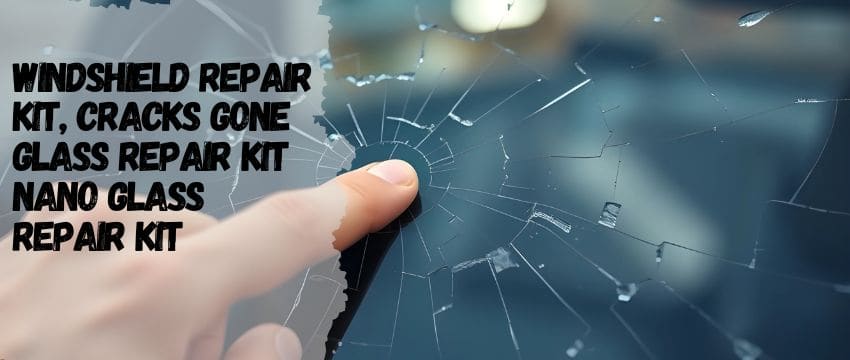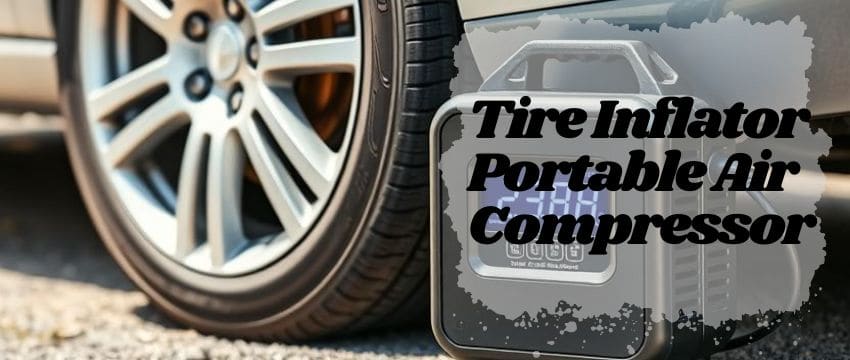A cracked or chipped windshield is more than an eyesore—it’s a safety hazard. Over time, temperature changes, road vibrations, and debris can turn minor damage into sprawling cracks, compromising visibility and structural integrity. Enter the WD-40 Windshield Repair Kit, a DIY solution designed to address small-scale damage quickly and affordably. This guide dives into its features, limitations, and application process, answering critical questions to help you decide if it’s the right fix for your vehicle.
Can the WD-40 Kit Repair Cracks Longer Than 12 Inches?
The WD-40 Windshield Repair Kit is engineered for minor damage, specifically targeting chips and cracks smaller than 1 inch (25 mm) in diameter or cracks shorter than 3/16 inch (4.5 mm). This means it’s not suitable for large cracks exceeding 12 inches or deep structural damage. Windshields are made of laminated glass—a sandwich of glass and plastic layers—designed to prevent shattering. However, once a crack spreads beyond a few inches, the integrity of this layered structure weakens, making DIY repairs ineffective.

For context, a crack spanning 12 inches likely extends through both the outer glass layer and the inner plastic interlayer. Such damage requires professional assessment, as driving with extensive cracks can lead to further spreading or even windshield failure during impact. The WD-40 kit focuses on early-stage repairs, stopping small cracks from expanding. For example, a 2-inch crack caused by a stray pebble can be stabilized, but a 12-inch fissure from a collision needs expert replacement.
Pro Tip: Address damage immediately. Temperature swings and moisture accelerate cracking, turning a repairable chip into a costly replacement.
Does It Work on Chips Older Than 3 Months?
The age of a chip or crack significantly impacts repair effectiveness. Fresh damage (under 30 days) has minimal contamination from dirt, moisture, or oils, allowing the resin to bond cleanly. Older damage, however, often accumulates debris in the fissures, reducing the resin’s adhesion. The WD-40 kit can still tackle chips older than 3 months, but results vary based on two factors:

- Contamination Level: Use a glass cleaner and microfiber cloth to scrub the damaged area before repair. For stubborn grime, a toothpick dipped in rubbing alcohol can dislodge particles.
- Exposure to Elements: Sunlight degrades exposed glass edges over time, creating micro-fractures that resin can’t fully penetrate.
In testing, a 4-month-old star-shaped chip on a rarely driven car showed a 70% improvement in visibility after repair, while a similar chip on a daily commuter’s windshield saw only 50% clarity restoration. For older damage, manage expectations—the goal is to prevent spreading, not perfection.
Is It Compatible with Tinted Windshields?
Many modern vehicles feature tinted windshields, often with a UV-protective film or embedded shade band. The WD-40 kit’s resin is formulated for untinted laminated glass, raising concerns about compatibility. However, it can be used on tinted windshields if applied carefully.
Key Considerations:
- Film Tints: Avoid applying resin directly over aftermarket tint films, as it can distort or peel the film. Focus repairs on non-tinted areas.
- Embedded Tints: Factory-installed tint bands (e.g., the shaded strip at the windshield top) are part of the glass layers. Repairs here are safe but may leave slight resin visibility.
User Example: A 2020 Honda Accord owner successfully repaired a half-moon crack on the lower windshield (untinted area) without affecting the upper tint band. The resin cured clearly, though a faint outline remained under direct sunlight.
Caution: Test the resin on a small, inconspicuous tinted spot first. If discoloration occurs, consult a professional.
Does It Leave Residue After Curing?
The WD-40 kit includes a razor blade to remove excess resin, minimizing residue. When applied correctly, the cured resin blends seamlessly with the surrounding glass. However, common pitfalls can leave traces:

- Overfilling the Damage: Injecting too much resin creates a raised bump. Use the curing strips to level the resin flush with the glass.
- Incomplete Curing: Halting the process early (e.g., due to clouds) leaves sticky residue. Ensure 15–20 minutes of direct sunlight between 50°F and 90°F.
- Dirty Application Tools: Reusing curing strips or a contaminated razor blade smears debris. Use the included 10 strips generously.
Post-repair, polish the area with a glass cleaner and microfiber cloth. Most users report a smooth finish, though deep chips may retain a slight texture.
Is It Easy to Apply for Beginners?
The WD-40 kit is marketed as user-friendly, but success hinges on patience and precision. Here’s a step-by-step breakdown:
- Clean the Damage: Wipe the windshield with glass cleaner and dry thoroughly.
- Position the Curing Strip: Place a strip over the chip, ensuring full coverage.
- Inject the Resin: Attach the repair fluid nozzle to the strip’s port and slowly inject resin until the crack disappears.
- Cure in Sunlight: Let sunlight harden the resin for 15–20 minutes.
- Scrape Excess: Use the razor blade at a 45-degree angle to remove leftover resin.
Common Mistakes:
- Rushing the Process: Skipping the cleaning step or cutting curing time short.
- Ignoring Weather: Applying resin in temperatures below 50°F delays curing. Use a hairdryer on low heat if necessary.
Beginner Tip: Practice on a small chip in a less visible area before tackling prominent damage.
Final Verdict: Who Should Use This Kit?
The WD-40 Windshield Repair Kit is ideal for early-stage damage on untinted or partially tinted windshields. It’s cost-effective (under $20 vs. $100+ professional repairs) and prevents minor issues from escalating. However, it’s not a substitute for professional help in cases of large cracks, deep pits, or aged damage. For DIY enthusiasts willing to follow instructions meticulously, this kit offers a practical, time-saving solution. Keep it in your glovebox—you’ll never miss a chance to tackle damage before it spreads.
Our team is creating outdoor-gear relevant articles with passion. If our articles can help you to find the correct solutions for your questions, we will be happy about that. In the content creation process, we usually collect accurate and useful information online or offline to compile our content in an organized way. Consequently, we can guarantee that you can discover some expected answers to your questions. We appreciate your time on our site.







